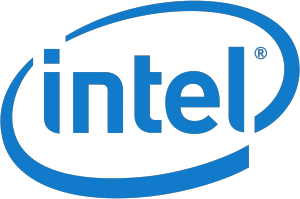2 mins read
Intel Takes steps to Enable Thunderbolt 3 Everywhere, Releases Protocol

January 15, 2025
Copyright 2023, IT Voice Media Pvt. Ltd.
All Rights Reserved

 Intel is well on its way to making the innovation delivered with Thunderbolt™ 3 available to everyone. Today, Intel announced that it contributed the Intel Thunderbolt protocol specification to the USB Promoter Group, enabling other chip makers to build Thunderbolt compatible silicon, royalty-free.
Intel is well on its way to making the innovation delivered with Thunderbolt™ 3 available to everyone. Today, Intel announced that it contributed the Intel Thunderbolt protocol specification to the USB Promoter Group, enabling other chip makers to build Thunderbolt compatible silicon, royalty-free.